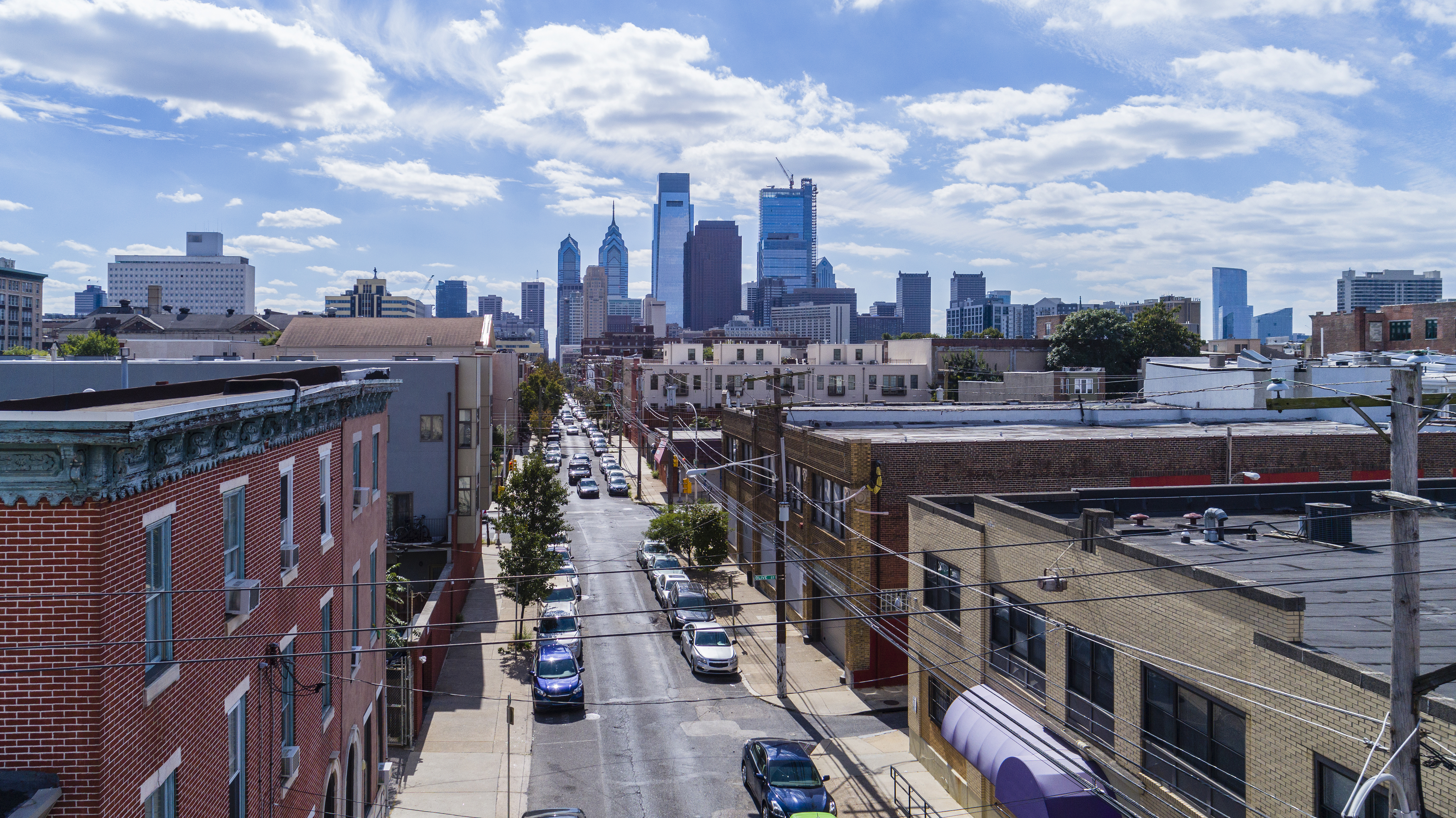 Communities
Communities Regional Planning
Regional Planning
Live/work units and buildings provide distinct spaces for occupants to reside and to work. They include a range of typologies, including housing located above retail spaces, as well as properties with accessory units for a secondary use (which may be the dwelling unit or office space), as well as lofts with workspace built into individual units. Often live/work units take the form of artist communities, although they can appeal to a broader range of needs. Since COVID, we have seen many employees transition to telework; a significant segment of these employees do not expect to return to the office 100 percent. Space for working from home has become even more important now, and some employers are also recognizing that having employees telework can save them on office space and related rent, utility costs, or fees.
Live/work units render commuting non-existent and can strengthen occupants’ ties with their community. They can boost the economic development of surrounding areas, including through increased activity during both the daytime and evenings, and can soften the transitions between differently zoned areas. Regulations around live/work units address potential issues around noise and activity, particularly in traditionally residential areas.
